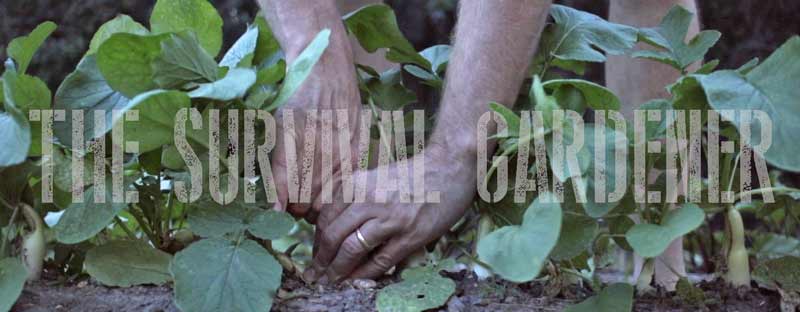I just found this video by Dirtpatchheaven:
How awesome is that? The shirt matches the house!
This gal is the bomb.
You can get your own “Compost Your Enemies” shirt here: https://www.aardvarktees.com/products/compost-your-enemies
This is good insight on the difficulties gardening in the Florida Panhandle: “I’ve been…
We saved seeds from a Grenadian black pumpkin way back in 2019 – and…
Wynnie writes: I have read your booklet about growing coffee and found it very…
We saved seeds from a Grenadian black pumpkin way back in 2019 – and…
This is an amusing story from Roots, Game and Trail: Upon tasting my first…
If your doctor prescribed you Tinidazole to fight infections from parasites and specific bacteria you might think about buying it online for easier access. Buying medications online offers time-saving convenience but requires you to prioritize safe and responsible purchasing practices. You need this complete guide to purchase Tinidazole through online platforms. Understand What Tinidazole Is Used For Doctors frequently prescribe Buy Tinidazole Online to treat infections like trichomoniasis together with giardiasis, amebiasis and bacterial vaginosis. This medication stops the growth of both parasites and bacteria. Consult with a healthcare professional to make sure that Tinidazole fits your medical needs before making a purchase.
